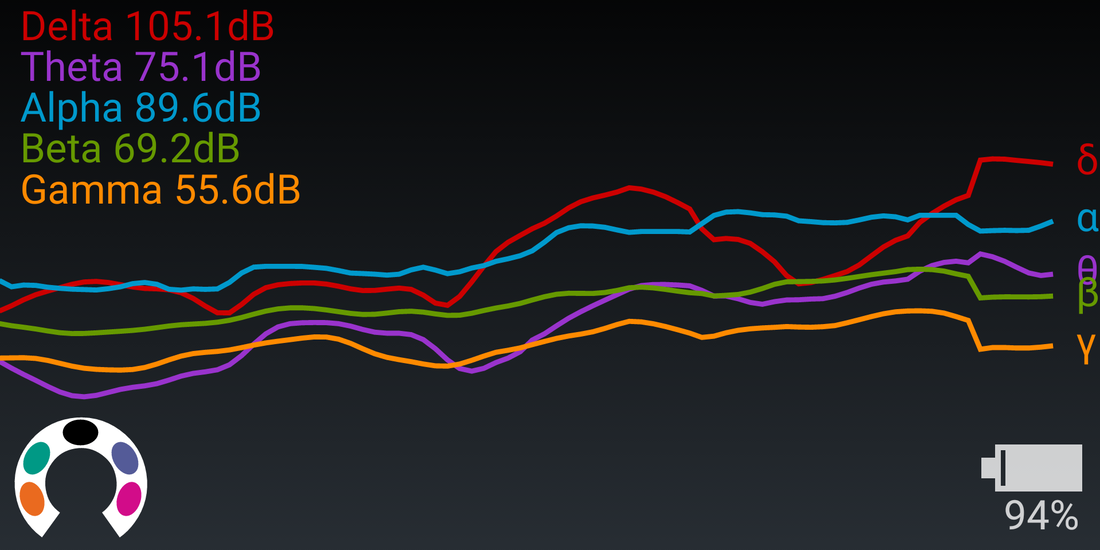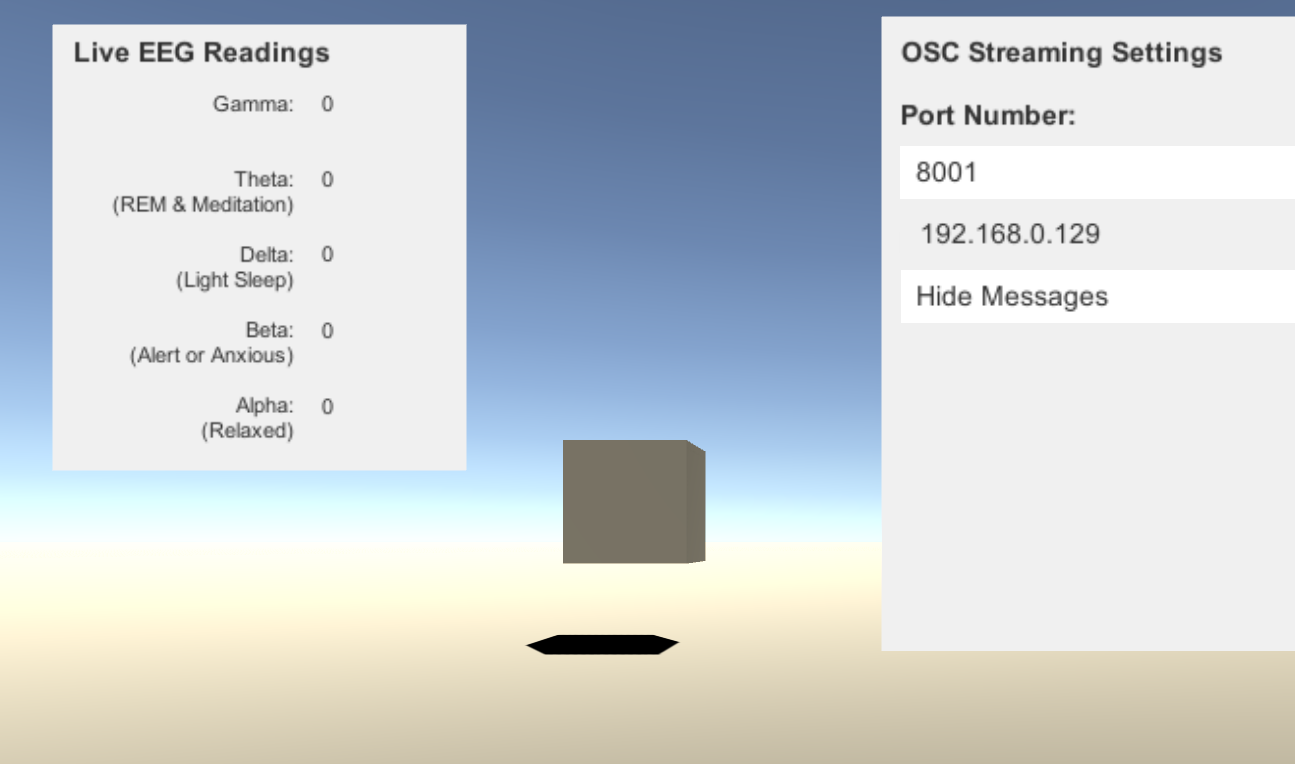“Going forward , as the brain/machine interfaces mature, the inputs will go directly into the brain instead of through the senses.”
- Dennis Bushnell, Chief Scientist at NASA, Langley
- Dennis Bushnell, Chief Scientist at NASA, Langley
Brain-Computer Interface (BCI)
|
Passive BCI involves using BCI to enrich human–machine interaction with implicit information on the actual user's state, for example, simulations to detect when users intend to push brakes during an emergency car stopping procedure.
Game developers using passive BCIs need to acknowledge that through repetition of game levels the user's cognitive state will change or adapt. Within the first play of a level, the user will react to things differently from during the second play: for example, the user will be less surprised at an event in the game if he/she is expecting it. Recently, studies in Human-computer interaction through the application of machine learning with statistical temporal features extracted from the frontal lobe, EEG brainwave data has shown high levels of success in classifying mental states (Relaxed, Neutral, Concentrating), mental emotional states (Negative, Neutral, Positive) and thalamocortical dysrhythmia. |
Free trial
envoBCI is in the alpha testing phase at this point in time.
We will release a full version of the software shortly, but if you're interested, we'll be happy to arrange a demo.
We will release a full version of the software shortly, but if you're interested, we'll be happy to arrange a demo.




